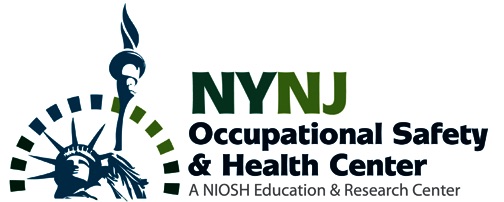Today we woke up in Montpelier, Vermont. We drove a few miles to Barre, VT to visit the Rock of Ages Granite Quarry. The Rock of Ages Quarry was founded in 1885 (name was changed to Rock of Ages in 1925). The Quarry is 600 feet deep, and is the largest deep hole dimensional quarry in the US. They produce gray granite, and their primary business is memorials (head stones, mausoleums, etc.)
We visited the quarry and saw how they cut the granite to remove it from the quarry. Silicosis was a major problem years ago, but now has been controlled. Other issues include noise, blasting, cutting, and crushed by objects injuries.
After the quarry, we said goodbye to Jack. He needed to get back to New York. We dropped him off in the Montpelier Bus Station. Almost as grand as Grand Central Station in NY or Union Station in DC (ok, it is a double-wide trailer).
After that, we went to Ben and Jerry’s Factory in Waterbury, VT. We were not able to meet with the Safety Director, but took the factory tour that is available to the general public. You do not get to see very much, but you get a taste of free ice cream at the end. Then we ate Ben and Jerry’s ice cream for lunch.
The trip to Thetford Mines, Quebec is a gorgeous ride through northern Vermont and Quebec. The scenery is beautiful, the mountains, lakes, rivers, and farms are very picturesque. While I was looking at the scenery, the Perfect Storm was playing on the bus DVD player. The information we learned yesterday in New Bedford was played out in the movie, so it was very appropriate to see. (I will have to see it another time.)
Tonight we are in Thetford Mines, Quebec. Looking forward to visiting the asbestos mine tomorrow.
Here are some pictures from today (click on the picture to enarge).


























